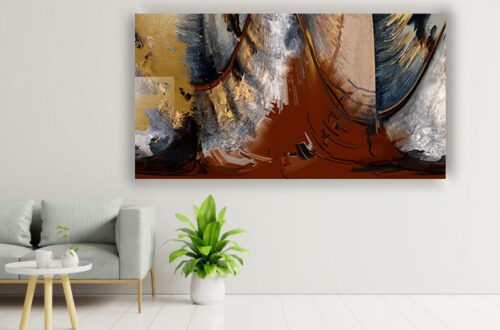
Suite Room Painting As Per Interior
While searching for paintings to redesign our hotel ‘The Bizton’ came across ‘SHSWorks – The Art Gallery’. We sourced artworks for our suite rooms, hotel corridors & lobby and got both variety & value from them. We also procured multiple customized artworks in desired theme & sizes from them sometime later. The best part is that the senior artist Ms. Sabiha Hasan Sumbul coordinated with us right from the start. Today SHSWorks has become our ‘One-Stop-Shop’ for all our décor needs.
Mr. Arun A Gaur
Hotelier – Vijaya Homes Group

